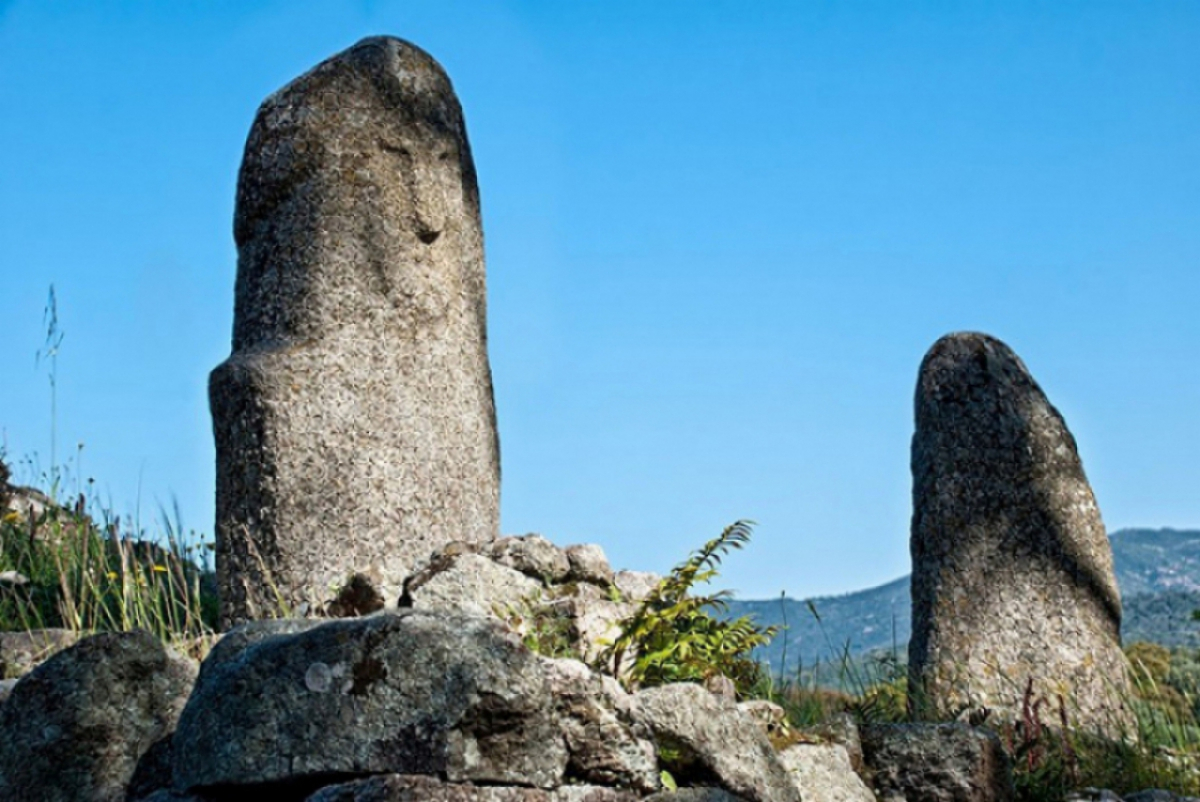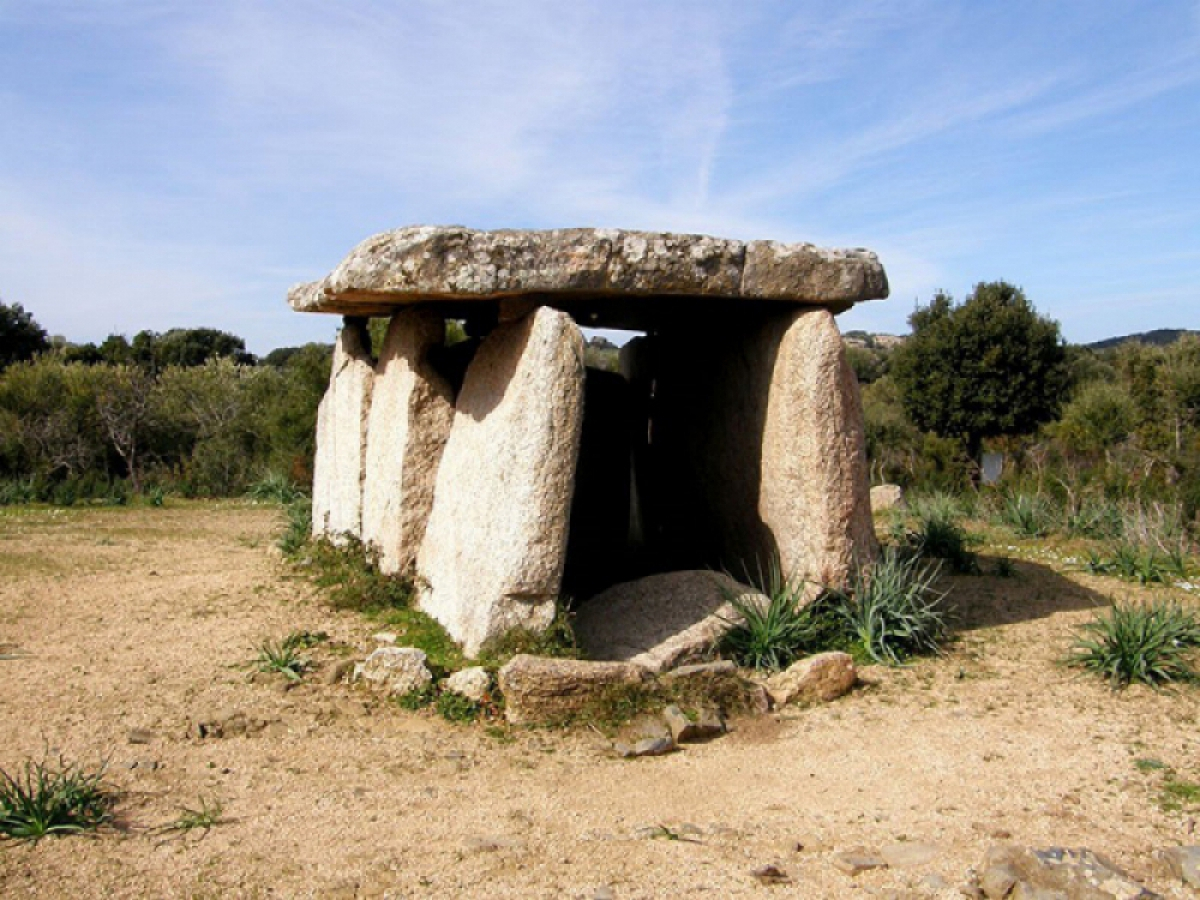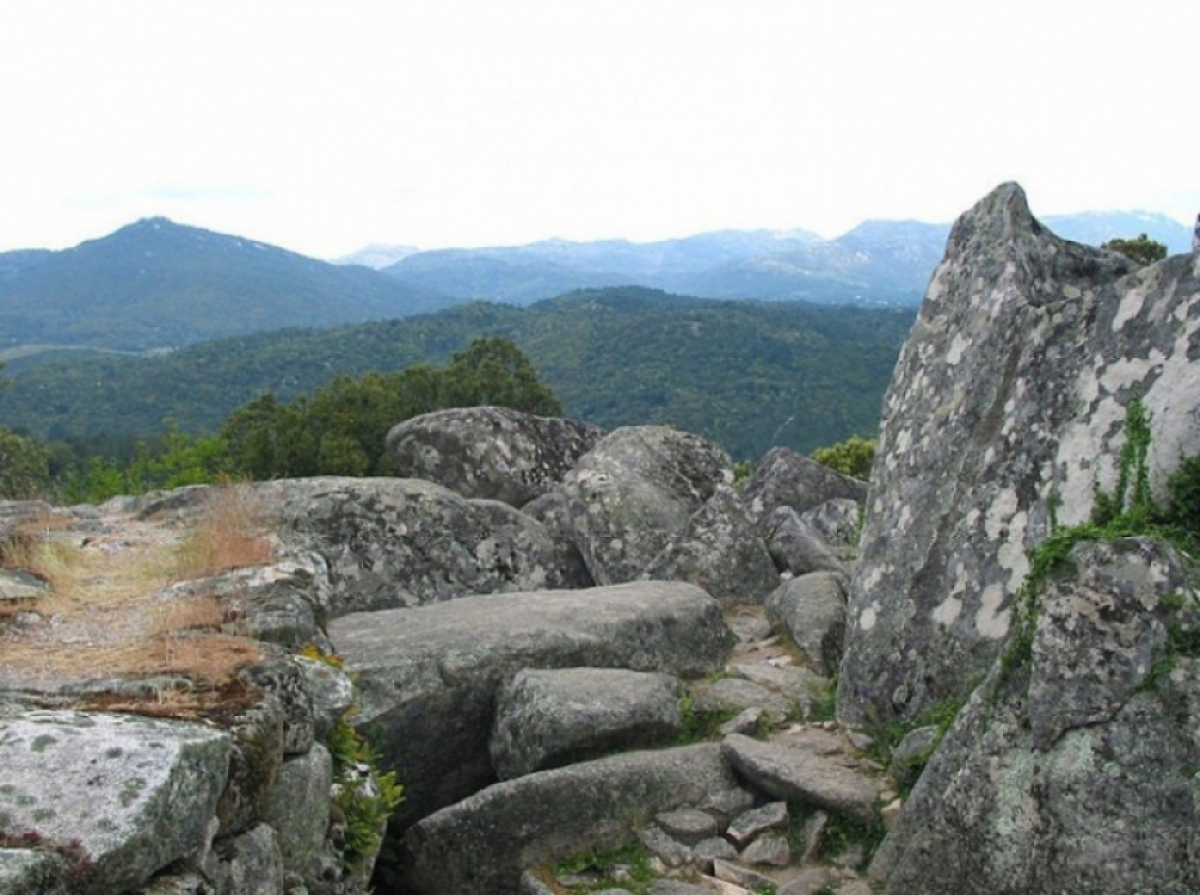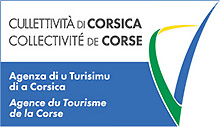Rechercher...
Explore Corsica
Prehistoric sites
 © Fotolia Luisa Puccini
© Fotolia Luisa Puccini
The prehistoric site of Filitosa
For eight millennia, downstream from the Taravo valley, the statues and menhirs of Filitosa are preciously guarded and make the site famous, located in the town of Sollacaro. Having witnessed Roman occupation, menhirs and ‘torre’ have been here since the sixth century. The prehistoric stonecutters and megalithic sculptors of the time made Filitosa the largest centre of statuary art on the island – and the most renowned in the Mediterranean. First discovered by Charles-Antoine Cesari in 1946, it was subsequently explored and studied by a CNRS researcher for 20 years.
 © Fotolia
© Fotolia
The archaeological site of Cauria
The site of Cauria, located near Sartène on the heights of the Gulf of Valinco, is characterised by alignments of stones (I Stantari and Rinaghju) which are megalithic monuments consisting of standing stones and granite statues. Cauria is evidence of the inhabitance of men from the Neolithic era. Also present on the site, the Funtanaccia dolmen is the best preserved of its kind in Corsica. If you go through Sartène while visiting Cauria, visit the departmental museum of prehistory, where many objects from the prehistoric site and the region are on display.
 © ATC
© ATC
Archeological site of Cauria
20100 Sartène
http://www.lacorsedesorigines.com/Patrimoine-culturel/SITE-ARCHEOLOGIQUE-DE-CAURIA
The prehistoric site of Cucuruzzu
The site of Castello di Cucuruzzu, near Levie, is a fortress village dating from the Bronze Age (2000 years BC) which was abandoned in the third century BC. Cucuruzzu incorporates elements such as stacked granite rock blocks that constitute walls. A roughly cut staircase leading to the interior of the walls lets you discover several shelters and nooks across 400m². Located at the heart of the Alta Rocca, Cuccuruzzu has a breathtaking view of the Aiguilles de Bavella.
 © ATC
© ATC
Archeological site of Cuccuruzzu
20170 Lévie
https://www.zonza-saintelucie.com/infoTour.php/site+de+cucuruzzu?itemId=152796
Locate


powered by cd-media.fr



